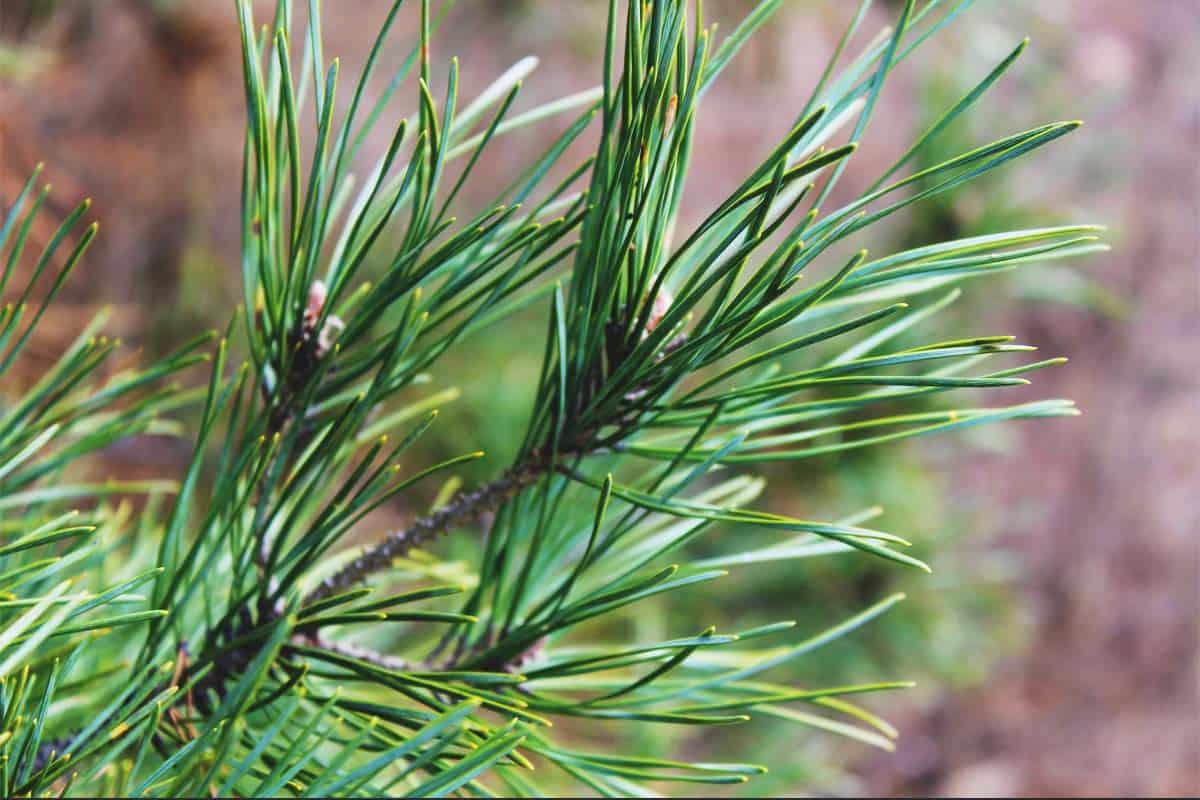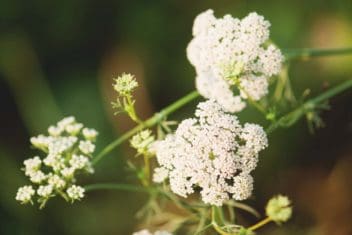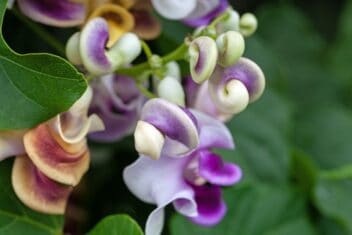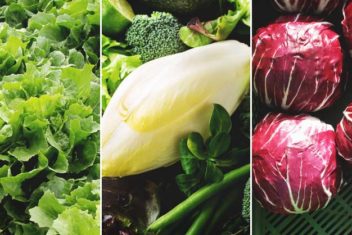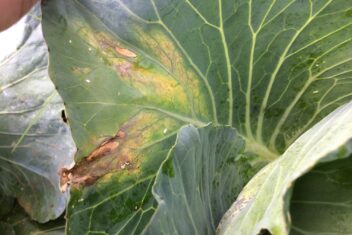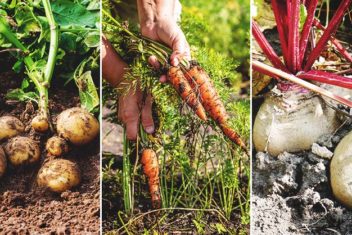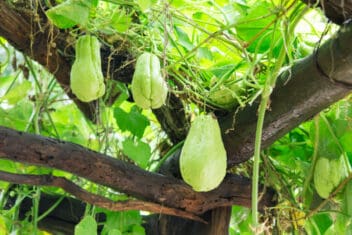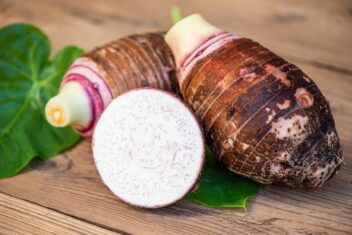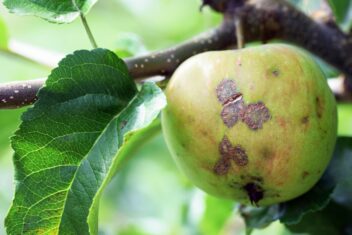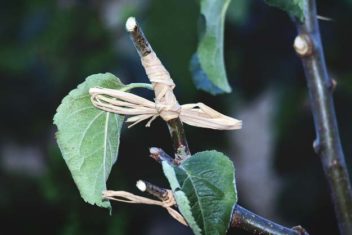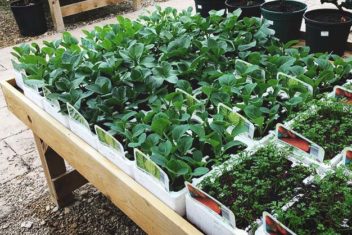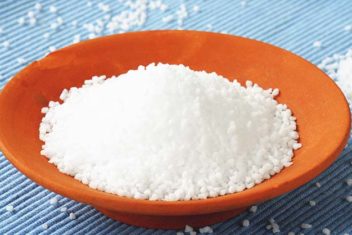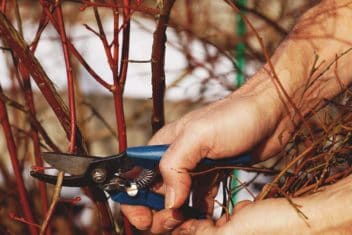Do you have an abundance of pine needles in your garden? Put them to work! While some think that pine needles are a nuisance, you might be surprised to know that there are a number of clever uses for pine needles on the homestead.
A good homesteader uses up what they have available. I love the challenge of finding new ways to utilize things that seem to have no purpose. I want to know if I can find ways to put things to work before I toss them away.
Pine needles are one of those items. I have a large pine tree right above my chicken coop, which provides plenty of shade over my chicken run. It also drops hundreds of pine needles, and they just pile up in my yard. I knew I had to find some ways to use them.

1. Make Pine Needle Tea
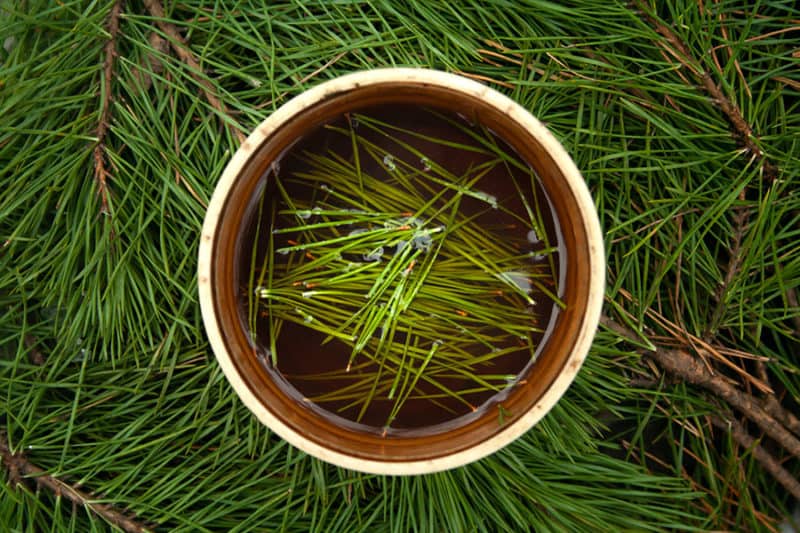
Assuming that your pine tree has not been treated with any chemicals, pesticides, or anything potentially toxic, you can use the needles to create pine needle tea. For years, pine tea was used as a curve for scurvy because its full of vitamin C.
Here’s how to make the tea:
Rinse 2 tablespoons of pine needles and put them in a mug. Pour 8 ounces boiling water over the needles. Let this steep for 15 minutes and then strain out the needles. You can sweeten it with honey.
Some use pine tea as a treatment for bronchitis, sinusitis, and upper respiratory problems.
2. Make Pine Infused Oil
Pine needle oil has several useful applications. To make it, pack a jar full of pine needles – fresh or dried – and fill with vegetable oil. Let it sit for two to three weeks (or longer). Then, strain out the needles.
This oil can be used in several ways. You can use it to polish your furniture, but the most popular choice is to use pine oil to make an herbal salve.
Add a little coconut oil and beeswax to the oil until you have a creamy consistency. This salve helps to heal cuts, scrapes, insect stings, and splinters. It also moisturizes dry and chapped hands.
3. Livestock Bedding
Why not add some of the pine needles to your livestock bedding? It adds a lovely pine scent to the litter.
It’s best not to replace all of the bedding with pine needles because pine needles aren’t absorbent on their own. But when mixed with pine or aspen shavings, they add a pleasant scent to the barn or coop as well as discouraging the bugs that might try to visit livestock as they sleep.
4. Livestock Feed

If you have goats or sheep on your homestead, they love to munch on pine branches and pine needles, so consider adding it to your livestock feed in the winter months. It helps to break up the boredom that they might have with just eating hay come February or March.
Incidentally, animals (and humans) like spruce tips, too. However, don’t feed the needles of ponderosa pines to cattle.
5. Use as a Boost for Acid-Loving Plants
Do you have acid-loving plants on your property, such as azalea bushes, blueberries, or rhododendron?
Pine needles are full of acid, so they’re not the best option for all of your plants. But for those plants that prefer acidic soil, it’s one of the best ways to use pine needles on the homestead.
Dig the needles into the soil so they can decompose and lower the pH around plants.
6. Prevent Erosion on Your Property
Long pine needles tend to join or knit together, creating a sort-of blanket-like mulch layer. If you have a slope on your property that faces erosion issues or where other mulches tend to be washed away, try long pine needles instead. They will mat down, creating a layer of mulch that won’t blow away. It’s a great way to protect the soil.
7. Use to Keep Moles and Voles Out
Some gardeners use pine needles in their winter garden as a way to try to deter voles and moles from paying a visit. You will need to replace the needles often to make sure the scent stays around, and use a thick layer to stop the voles on your property.
8. Make a Pine Tincture
Making a pine tincture is easy. Fill a jar with pine needles, twigs, and the male and female flowers. Pack the jar full. Then, pour vodka into the jar.
Let everything sit in a warm place, such as a sunny window, for 2-3 weeks. Make sure you shake it daily to help the infusion process. Then, after three weeks, you can strain and bottle up the tincture. When you have a sickness such as bronchitis, take 2-3 ml twice per day. It’s also tasty as an addition to cocktails!
9. Soak in Vinegar for a Pine-Scented Cleaner
Chances are you’re familiar with the idea of soaking citrus peels in vinegar for a citrus-scented cleaner. How about soaking pine needles in vinegar?
Pack a container with pine needles and add white vinegar. After 3-4 weeks, the vinegar should be heavily scented. You can add a few more drops of pine essential oil if it’s not strong enough for you.
10. Make Fire Starters
Once pine needles have dried, they make excellent fire starters. Here’s how to make them:
Take a handful of pine needles and put them in a muffin paper or a cupcake liner. Put the liners into a muffin pan to help them hold their shape once the wax is added.
Add some melted wax to the muffin paper. Let the wax harden and then pop out all of the wax molds. When you need to build a fire, put the wax mix under your kindling. Then light it, and watch the flames start.
11. Mulch Your Garden Beds
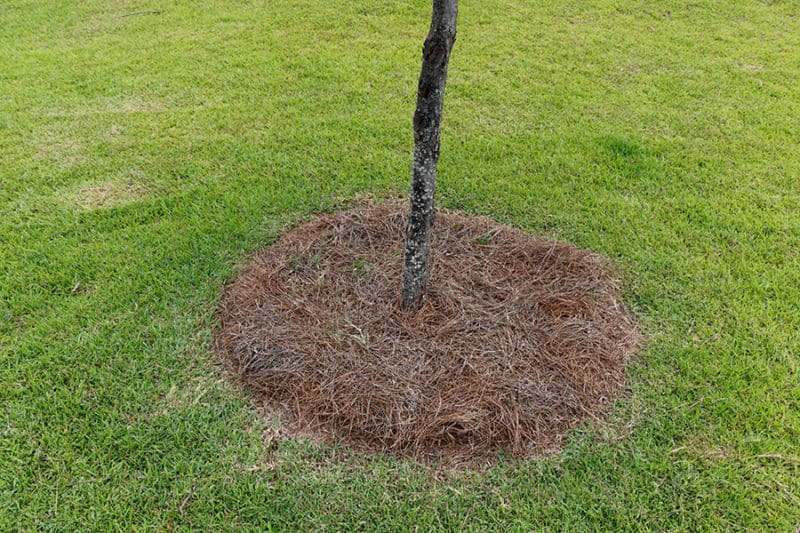
Pine needles make an excellent mulch for acid-loving garden beds. Once they dry, I like the look of the needles in the garden.
Looks aside, mulch can cost a lot of money if you have a large garden, so save yourself some money and use free pine needles instead. Unlike other organic mulches like grass clippings or shredded leaves, pine needles don’t decompose fast, so they can last you a year or more.
12. Add to Hen Nesting Boxes
I don’t’ recommend you fill the entire nesting box with pine needles, but you can add a few handfuls to new bedding to help keep the bugs away. Who knows, your hens might decide that they like the scent of pine needles.
13. Make a Homemade Potpourri
I love making potpourri – you may be surprised how easy it is to whip up. Potpourri makes your house smell delicious, but it also makes a fantastic gift. I like to bag up potpourri and put it in my gift baskets.
Check out this recipe for homemade potpourri. You can use a few small branches from your Christmas tree, or use some small branches or freshly fallen needles from a pine tree. It’s the perfect winter and Christmastime project.
14. Add to Your Compost
Pine needles are compost-safe, though they decompose slowly. If the needles are dried, they can be an excellent brown material for the compost pile.
You don’t want to use too much, however, because it could slow down the decomposition of your compost pile. Your compost pile should be about 2 parts green material to 1 part brown material.
15. Make Your Own Pine Incense
I think making incense is one of the most creative ways to use pine needles on the homestead. Who doesn’t love making their home smell incredible?
Take dried pine needles and grind them up with a mortar and pestle. Then, add a mound of this powder into a fireproof bowl and light on fire. You can also add dried pine needles to herbal incense bundles. It’s heavenly with lavender.
Finding Uses for Pine Needles
Being a homesteader means being creative and watching your pennies. Pine needles are free, and we all love free! Try some of these 15 ways to use pine needles and let us know which is your favorite. You might be surprised by how versatile they are around the homestead!
